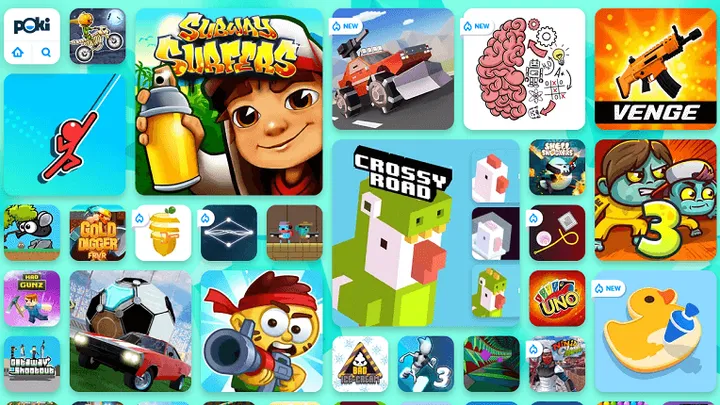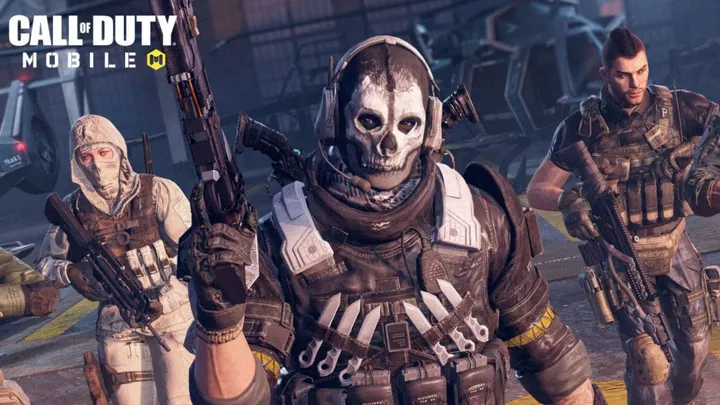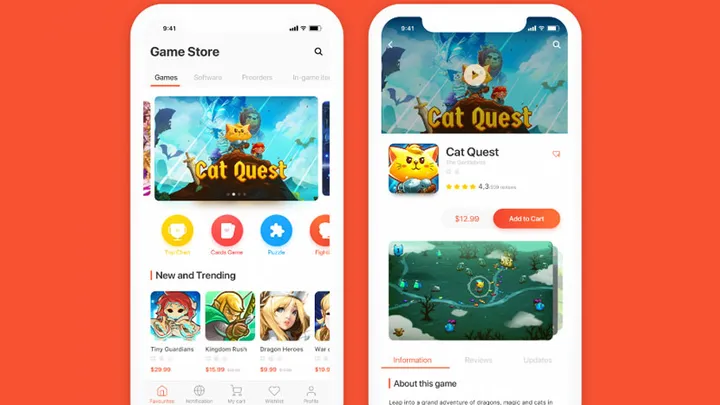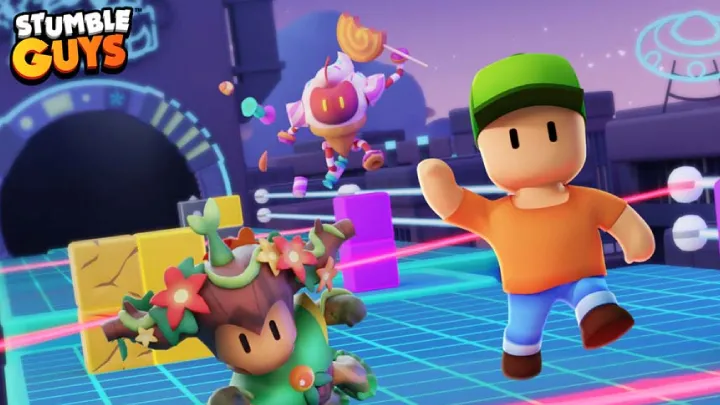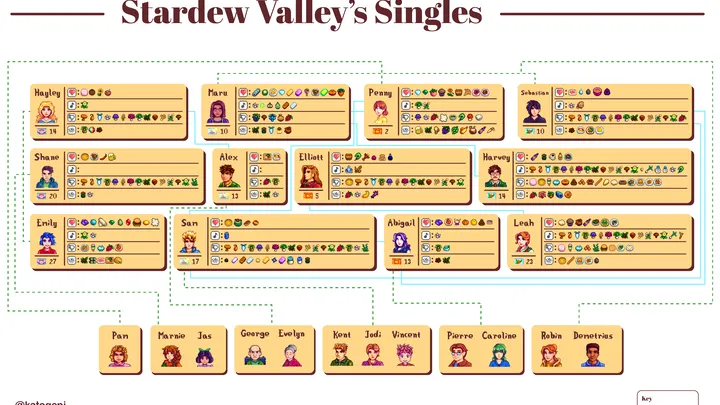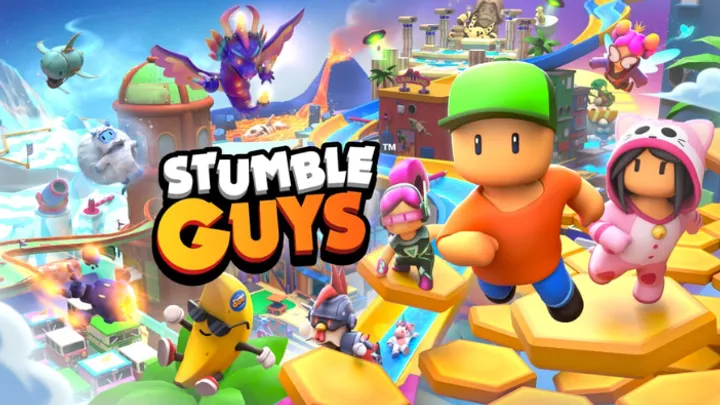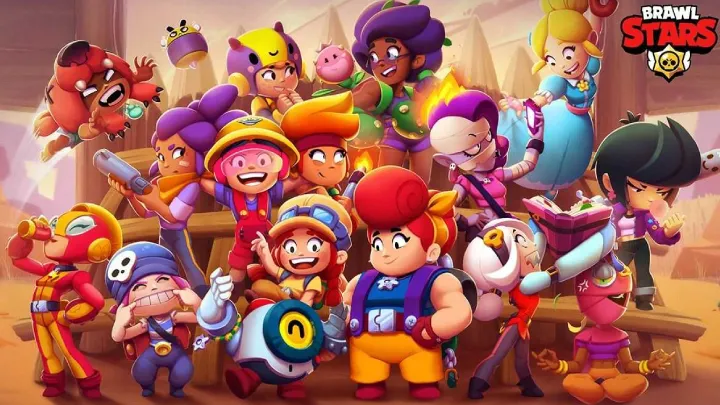PEAK – Brain Training has become a household name for people who want to challenge their memory, focus, and problem-solving skills through engaging mini-games. Yet, behind its fun design lies a pressing issue: cognitive fatigue. This mental exhaustion affects many users who push their brains too hard, turning an app meant for improvement into a potential source of burnout.
This article takes a deep dive into how to recognize, analyze, and address cognitive fatigue in PEAK. By examining the science, player experiences, and possible solutions, we uncover how to use PEAK sustainably while still enjoying its benefits.
1. How to Understand PEAK’s Cognitive Demands
PEAK is not just entertainment; it is built on neuroscience and psychology. Each game in the app is designed to target specific cognitive functions such as working memory, sustained attention, or mental agility.
This design makes PEAK appealing because it gives users the feeling of measurable progress. However, the more a player engages, the more demanding these exercises become. To understand fatigue in PEAK, it’s essential to first grasp how much mental energy each task requires.
2. How to Recognize When Fun Turns Into Fatigue
Players often start PEAK with excitement, enjoying the novelty of training their minds. But gradually, some notice a shift: the sessions feel less like a boost and more like a drain.
Cognitive fatigue doesn’t arrive suddenly—it creeps in after repeated exposure. Users may feel slower, less focused, or even annoyed after a session. Understanding where this line is crossed is central to tackling the issue.
3. How to See the Science Behind Mental Overload
Neuroscience explains that the prefrontal cortex—the brain’s decision-making center—can only handle a limited workload before efficiency drops. After around 30–45 minutes of sustained mental effort, performance naturally declines.
In PEAK, players often extend sessions beyond this limit, believing that more play equals faster progress. Ironically, the science shows that this “more is better” mindset accelerates fatigue rather than improvement.
4. How to Hear the Voices of the Community
PEAK’s online forums and user reviews provide direct insight into the issue. Many users admit feeling drained after long training streaks, reporting symptoms like poor concentration at work, irritability, or lack of motivation to continue.
One player described the experience bluntly: “After half an hour of Peak, I feel like I can’t think clearly for the rest of the day.” These accounts reveal that cognitive fatigue is not just theory—it is lived reality.
5. How to Understand Gamification’s Role in Fatigue
The very features that make PEAK addictive—daily streaks, achievement badges, and scoreboards—can also push players to overtrain. Losing a streak or falling behind friends creates pressure to keep playing, even when mentally tired.
Gamification motivates, but it also manipulates. To understand fatigue in PEAK, we must acknowledge how its design encourages longer play sessions that go beyond healthy limits.
6. How to Identify the Symptoms of Overuse
Cognitive fatigue manifests in different ways, and recognizing these signals is critical. Players often report headaches, slower reflexes, memory lapses, or irritability after long sessions.
Unlike physical exhaustion, these signs may not be immediately obvious. Yet once identified, they serve as clear warnings: the brain needs recovery time, just like muscles after a workout.
7. How to Measure the Short-Term vs. Long-Term Effects
In the short term, fatigue simply reduces performance within the app. Players notice declining scores and weaker focus during gameplay.
In the long term, however, persistent overuse can lead to burnout—making players quit entirely. Instead of gaining steady benefits, they abandon PEAK, which defeats the app’s mission of sustainable cognitive growth.
8. How to Prevent Fatigue Without Losing Progress
The solution is not to stop playing PEAK but to rethink how it is used. Limiting sessions to 20–30 minutes, alternating between high-intensity and light games, and taking breaks can make a dramatic difference.
Developers can also play a role by adding fatigue alerts, smarter progress tracking, or adaptive rest suggestions to support healthier play patterns.
9. How to Apply Balanced Play in Real Life
Consider the example of a player who uses PEAK for one week with balance in mind. They train 20 minutes on memory and focus, rest the next day, and then play problem-solving challenges later in the week.
The result is a healthier rhythm: the brain gets recovery time, the player feels more motivated, and their long-term performance actually improves. Balance, not intensity, is the real key to progress.
10. How to Shape the Future of Brain Training
Looking forward, PEAK and other cognitive apps face the challenge of making brain training sustainable. By integrating AI-driven fatigue detection, adaptive difficulty, and healthier gamification, they can help users train smarter, not harder.
Ultimately, the future of brain training depends on how well these apps balance ambition with well-being. Knowing how to address cognitive fatigue is the first step toward that future.
Conclusion
PEAK is a powerful tool for mental improvement, but cognitive fatigue is a real barrier to long-term engagement. By learning how to recognize the signs, understanding the science, and applying balanced strategies, players can get the most out of PEAK without burning out.
The key lesson is simple: knowing how to train wisely is more valuable than training endlessly.








